
Keep up with our latest news and projects!

City builders – urban planners, architects, elected officials, community leaders – often talk about the future. We want to create cities that are resilient and progressive enough to withstand unpredictable changes in our environment and surroundings. But how can we plan the future of cities without first understanding the needs and interests of the youngest members of our communities?
8 80 Cities and the Bernard van Leer Foundation recently partnered on a research project in response to this urgent need for city building processes that include the voices of young children, their caregivers, and pregnant women. We set out to identify which cities are implementing inclusive civic engagement processes that focus on the needs of these groups. Next, we distilled these strategies into key principles for other city builders to embed in their own work. We collected 21 case studies from 16 countries that demonstrate the best, most pioneering approaches to developing urban solutions with and our youngest neighbours. These findings are recorded in a final report, Building Better Cities with Young Children and Families. This chapter summarises five lessons for engaging our youngest citizens and their families in the way we design, build, and plan the future of our cities.
Given the barriers to reaching young children, their caregivers, and pregnant women, it is necessary to tailor an approach that accommodates their practical needs. This typically involves either a) “going to them” and meeting them where they are, or b) creating an environment that is comfortable and convenient enough for them to “come to you”. The following principles address how to reach, recruit, and meaningfully engage young children, their caregivers, and pregnant women in city-building processes.
Make engagement convenient
Families are a busy unit, with many competing priorities that make it hard to participate in civic life. Find opportunities to engage with families in spaces they already visit such as daycares or resource centers, or even in their own homes. This is especially important for caregivers with young children and pregnant women who may have limited mobility or little time to participate in engagement processes. This often requires partnering with local organisations that already work with the target groups. These organisations can vouch for your engagement initiative and introduce you to willing participants in the community.
Consider partnering with institutions such as schools or libraries that already provide resources to children and caregivers, and find creative ways to incorporate your engagement activities into their existing programming. This requires working with the administration to ensure that your engagement initiative aligns with the institution’s educational objectives.
When approaching caregivers, it is essential to keep things simple and quick due to the daily demands of childrearing. Highly visual, oversized survey boards where people can indicate their responses using a sticker (‘dotmocracy’) is a simple way to gain valuable feedback from someone on the go.
Make engagement reciprocal
Community engagement is not just about collecting data from people. The best engagement processes are mutually-beneficial, where participants feel that their time and efforts are worthwhile. Depending on the audience, participants may want to gain community connections, fun experiences, and/or decision-making power. For families, especially those with low incomes, organisers may need to offer incentives. Any form of compensation demonstrates the organiser’s respect and appreciation for their time, while upholding the values of equity and fairness. Compensation is shaped by the local context and culture. In some cases, it is appropriate to provide groceries, transit passes, and/or childcare. If an engagement process is especially time consuming, consider paying families for their participation. Consult with local organisations who already work with your target group to see what type of exchange is most appropriate.
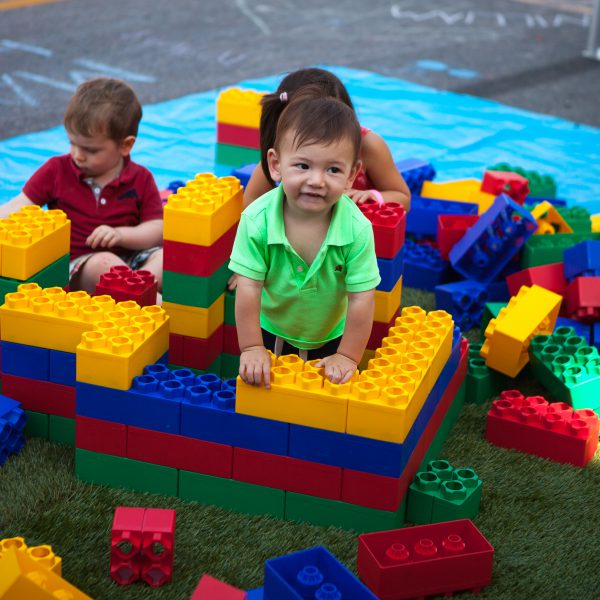
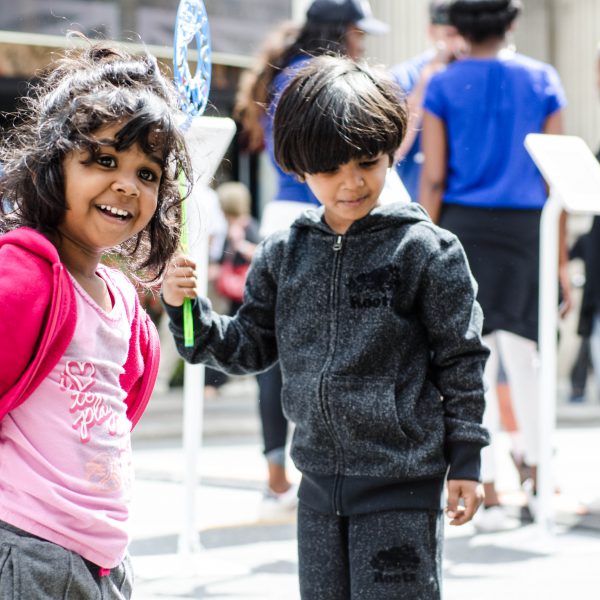
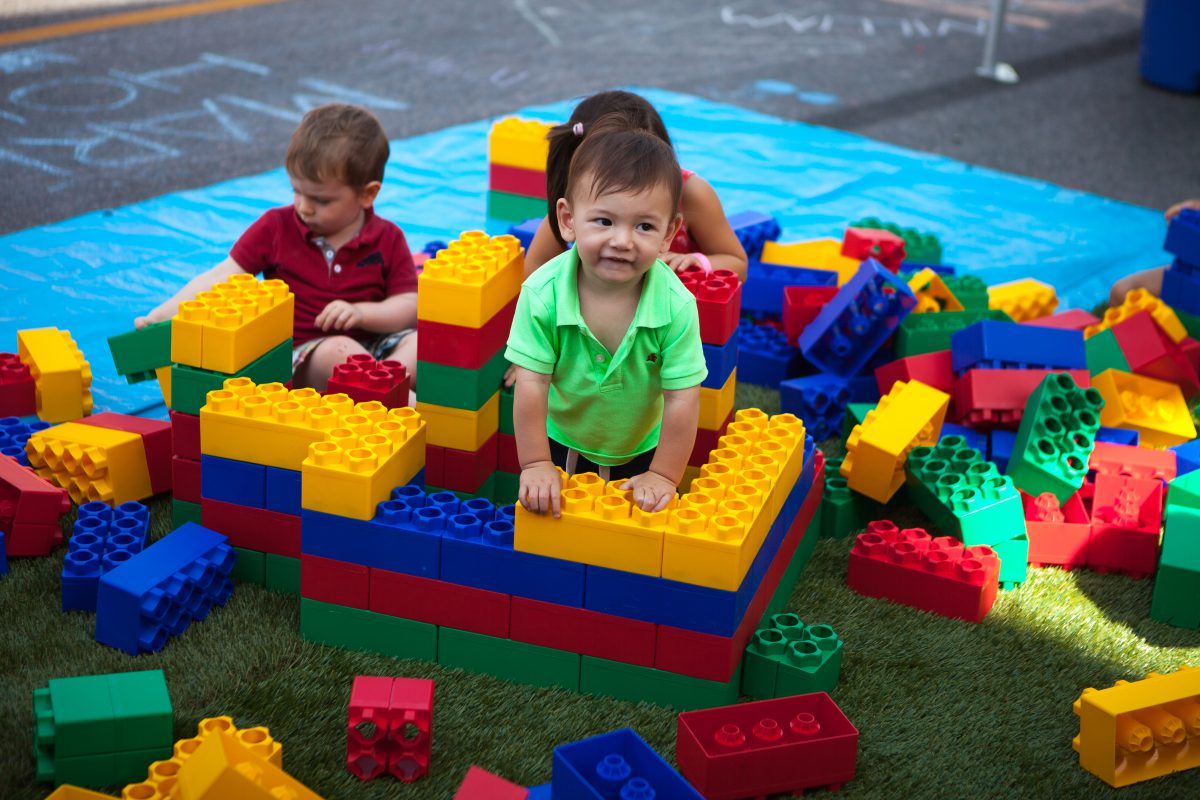
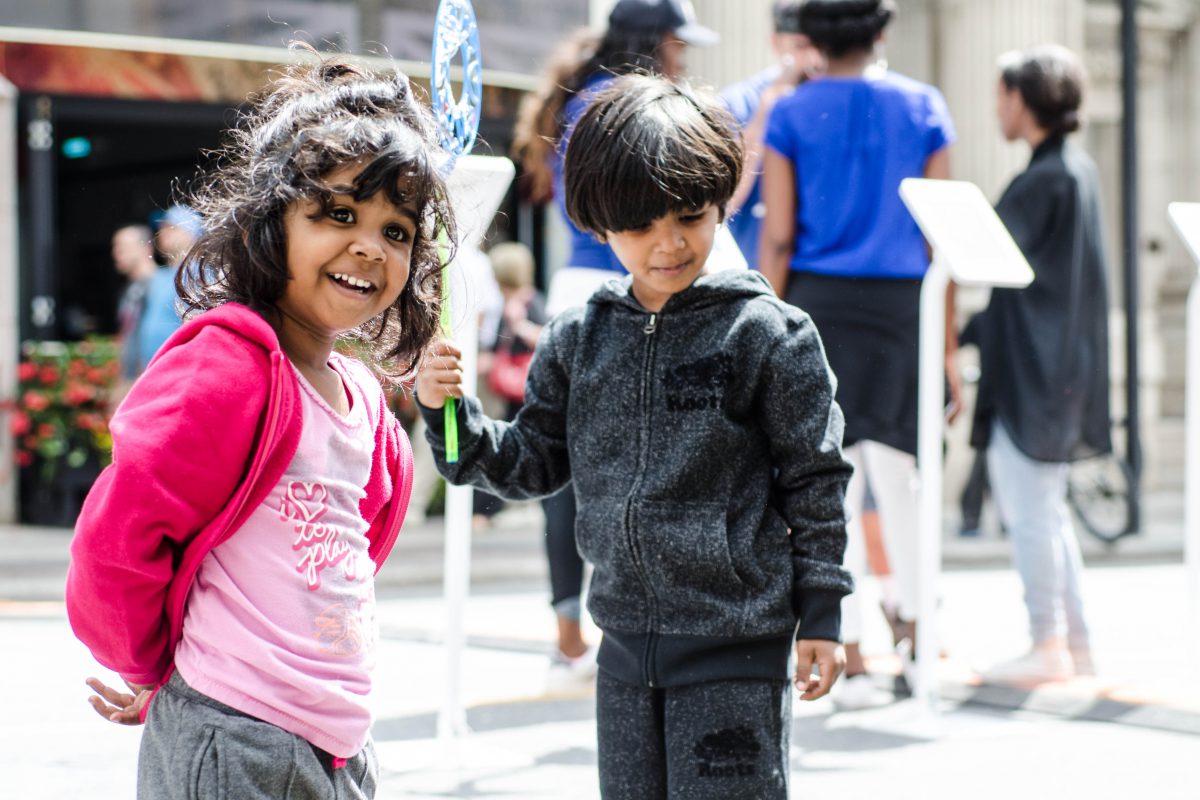
Make engagement comfortable
Creating a truly child-centered engagement approach means first thinking of the environments that make young children most comfortable, creative, and expressive. Outside in a familiar setting, in a playful space, with freedom of movement and surrounded by trusted caregivers is a good start.
In addition to a comfortable physical setting, engagement facilitators need to be adequately trained to create a comfortable social setting. If the target group is also stigmatised or facing difficult life circumstances, it is vital to obtain special training and form partnerships with trusted community organisations with expertise in working with vulnerable populations.
Make engagement playful
Children learn by playing, and play can be used strategically to engage our youngest citizens and their families in the city building process. Storytelling, for example, allows children to develop emotions such as empathy or fear by relating to characters in a story. Children can imagine themselves attempting the same tasks as the story’s characters, such as building a dream playground or park.
Board games or role-playing games require participants to compete or collaborate. In the context of city-building, design games around the local context or challenge and provide a logical set of prompts to stimulate idea generation and inspire the group to think creatively. Open-ended drawing or building exercises allow children to freely able to express their thoughts and the outcome of the activity.
Make engagement child-led
Children experience the world differently than adults. A child’s viewpoint is unique, in part, because of their height, size, and ability. They may want to explore places by using all of their senses and physical abilities like jumping, rolling, sliding, or crouching.. This unique perspective is crucial to shaping inclusive cities.
Adults can learn how children move through and experience the city simply by watching. For example, facilitators can observe how children and toddlers play in a park to gain insight into how and why they use the space. Observation is an important engagement method for babies and young children with limited verbal capacity. In these cases, caregivers (parents, nannies, babysitters, grandparents) can act as proxies by communicating a child’s needs.
Mapping exercises are another technique where children create 2-D representations of how they interpret their physical environment. What they choose to emphasize or exclude speaks volumes about their perceptions and preferences. Similarly, children can use cameras to capture observations about their neighbourhood and highlighting areas they enjoy or dislike.
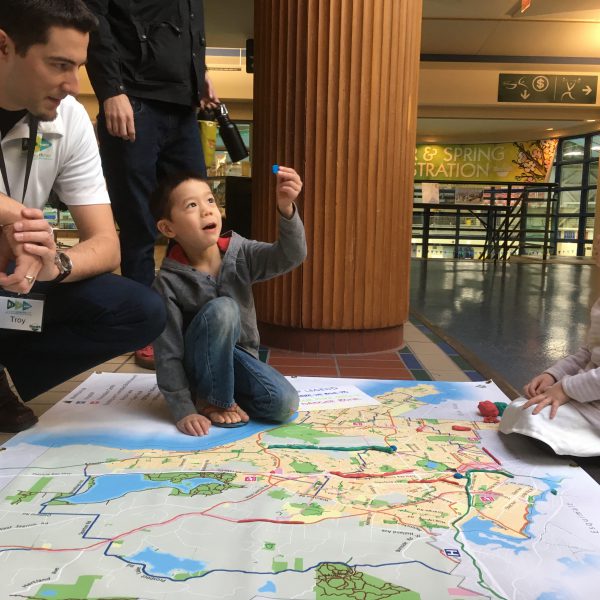

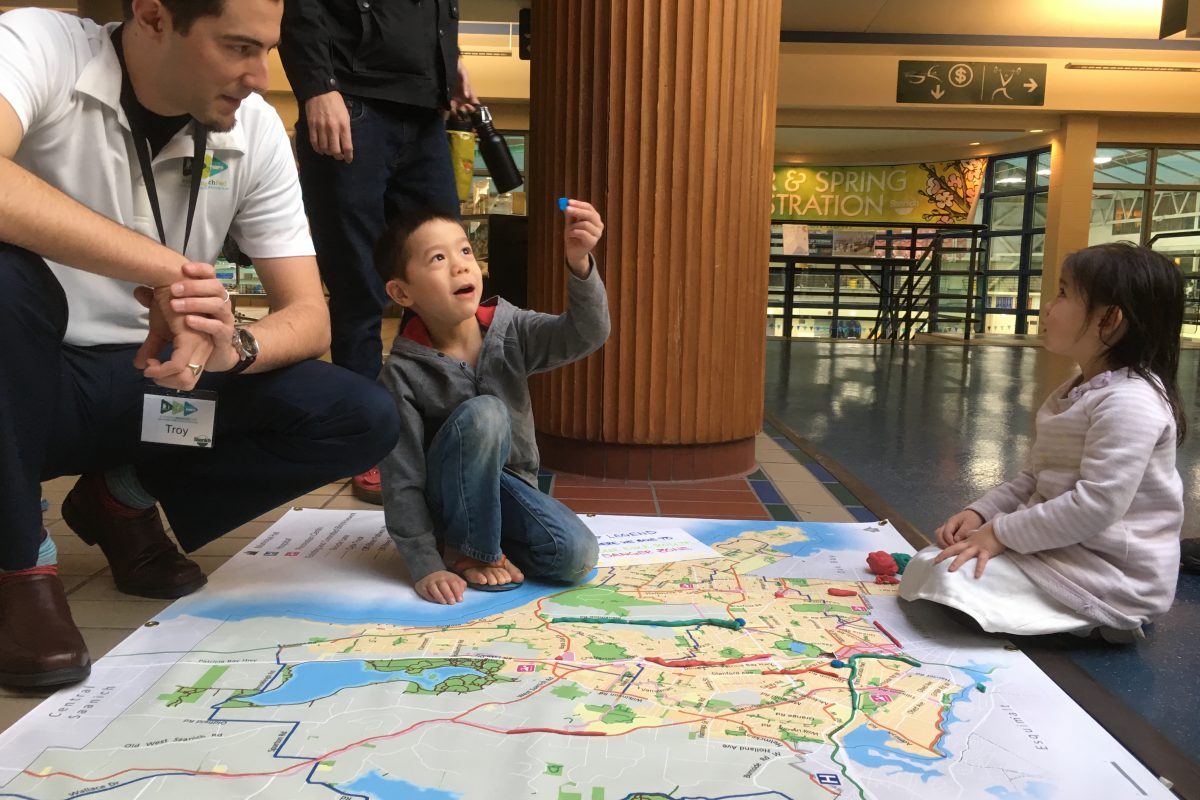
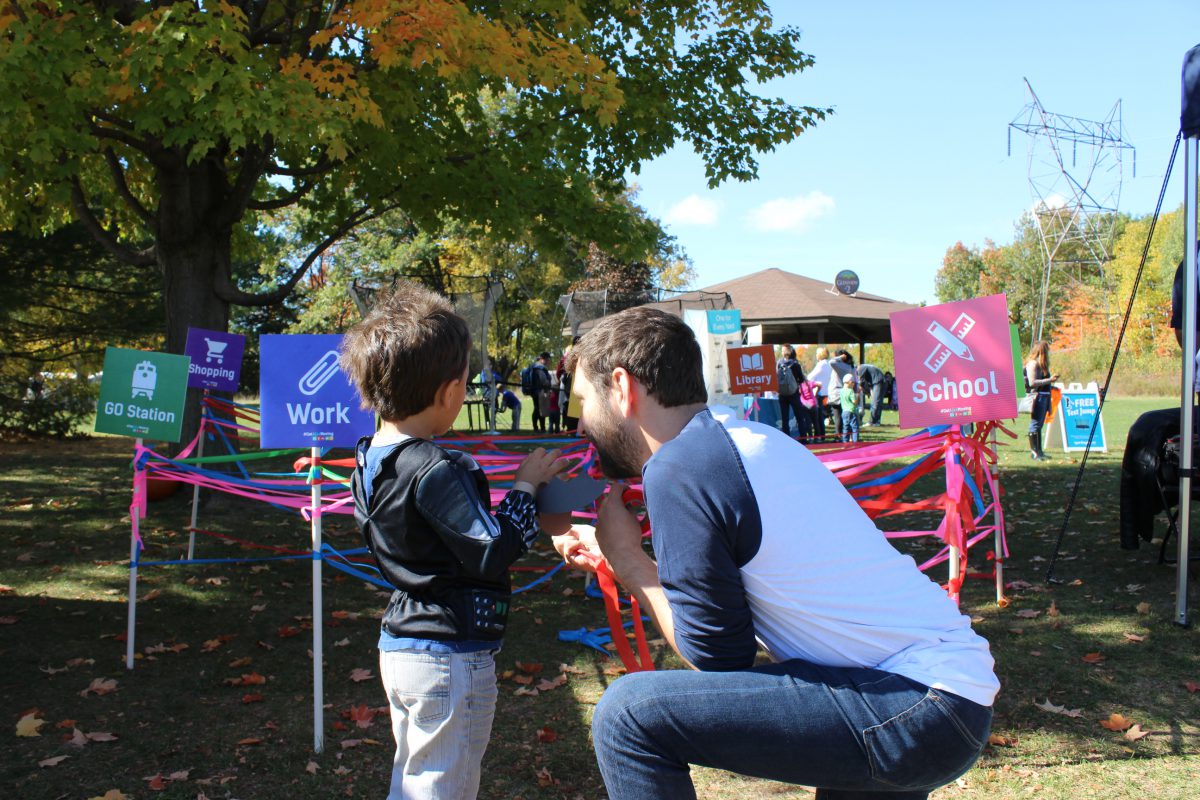
These key principles are a starting point. They represent simple and straightforward ideas that city leaders can implement immediately to ensure even the smallest voices are heard. While these best practices offer practical solutions, we should now turn our attention to identifying “next practices” – scaling up these established strategies while also pushing for new models where the insights and considerations of young children and their families are embedded into all levels and sectors of governance. Only then will cities be truly accountable to the needs of their most vulnerable citizens.
This article belongs to a series of stories about the city at eye level for kids! You can access the full book online in PDF or pre-order your hardcopy to be delivered to your home.
Get your book here